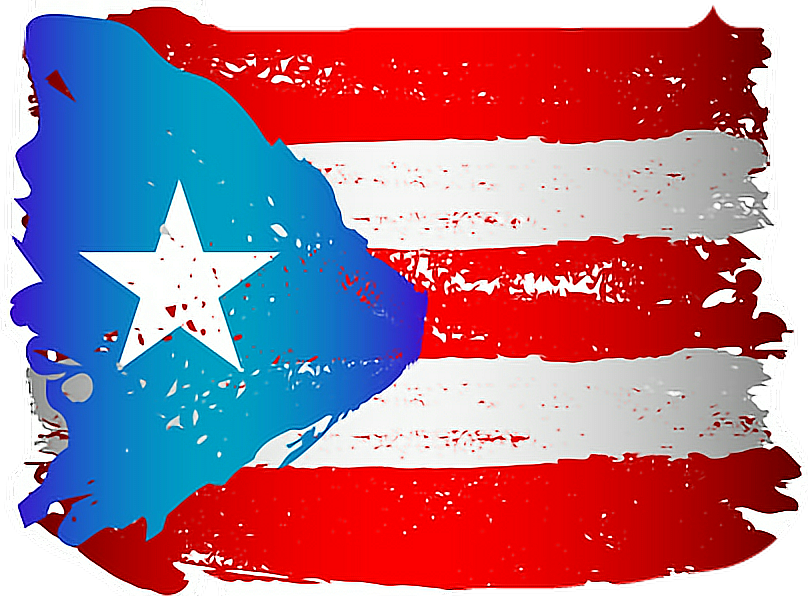Old puerto rican flag: Historical Flags of Puerto Rico
Historical Flags of Puerto Rico
Christopher Columbus kneeling, holding the flag of the Crown of Castile and sword with two other men holding flags.
The introduction of a flag in Puerto Rico can be traced to when Christopher Columbus landed on the
island’s shore on November 19, 1493.
Kingdom of Castile Flag (1248 – 1516)
Christopher Columbus used the Royal Flag, and his captains used
two flags which the Admiral carried in all the ships as Ensign.
The flag of Castile and Leon was the official flag of the Spanish autonomous community of Castile and Leon.
It represented the two cultural identities who share this administrative region, the Castle for Castile, and
the Lion for Leon. It consists of the quartered coats of arms of Castile, represented by a castle, and Leon, represented by a lion.
Captain’s Ensign of Columbus’s Ships Flag (1492)
The flag was used to distingish the ships under Columbus’ command.
The white flag with a green cross in the middle and an crowned ‘F’ and crowned ‘Y’, both
green and crowned with golden, open royal crowns, for King Ferdinand II of
Aragon and Sicily, and Queen Ysabel (Isabel I) of Castile and Leon.
Spanish Burgundy Cross Flag (1506-1785)
The flag was flown over Spain’s colonial empire in the New World until 1785,
when a new flag was adopted. The saltire (cross) design resembles two crossed,
roughly pruned branches., known as the Cross of Burgundy, was a symbol of Philip I,
Duke of Burgundy and father of Charles I, who became Spain’s king in 1516.
This flag flew wherever there was a Spanish military installation,
including La Fortaleza, Fort San Felipe del Morro, Fort San Cristobal and San Geronimo.
The Cross of Burgundy flag still flown alongside Puerto Rico and U.S. flags at Fort
San Cristobal and Fort San Felipe del Morro.
Flag of Spain (1701-1793)
The arms of Bourbon-Anjou were added in 1700 when Philip V became
king of Spain. He introduced several changes on the royal arms and the
flag was reduced to white with an off-center crowned Royal coat of arms.
The flag was flown in fortresses, castles and coast defenses.
El Grito de Lares Flag (1868)
The Grito de Lares flag was used on September 23, 1868 during the uprising in Puerto Rico against the Spanish government.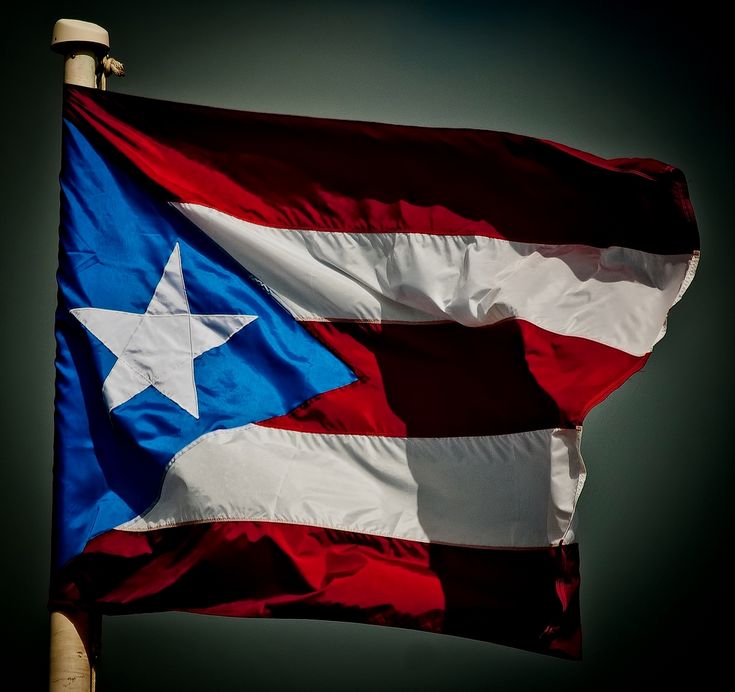
It was designed by Dr. Ramon Emeterio Betances and embroidered by Mariana Bracetti. It was intended for the flag to become
the flag of the Republic.
The flag still preserved at the University of Puerto Rico.
Spain Flag (1793-1873, 1875-1898)
In 1785, King Charles III replaced the existing flag with a new, distinct ensign
which could not easily be mistaken with those of other countries.
In 1843, the design also became the official Spanish State Flag. This flag still
used today in the modern Spanish national flag with the Royal Shield being replaced by a more modern coat of arms.
First Spanish Republic Flag (1873-1874)
In 1873 Spain was declared a republic. The First Republic’s flag was similar to
the Royal flag of 1785, only with the crown removed. The Spanish Republic and flag
was short-lived, it only lasted twenty-three months, between February 11, 1873, and December 29, 1874.
Puerto Rican Flag (1892)
The flag of Puerto Rico was designed in 1895 to promote the ideal of Puerto Rican independence from Spain.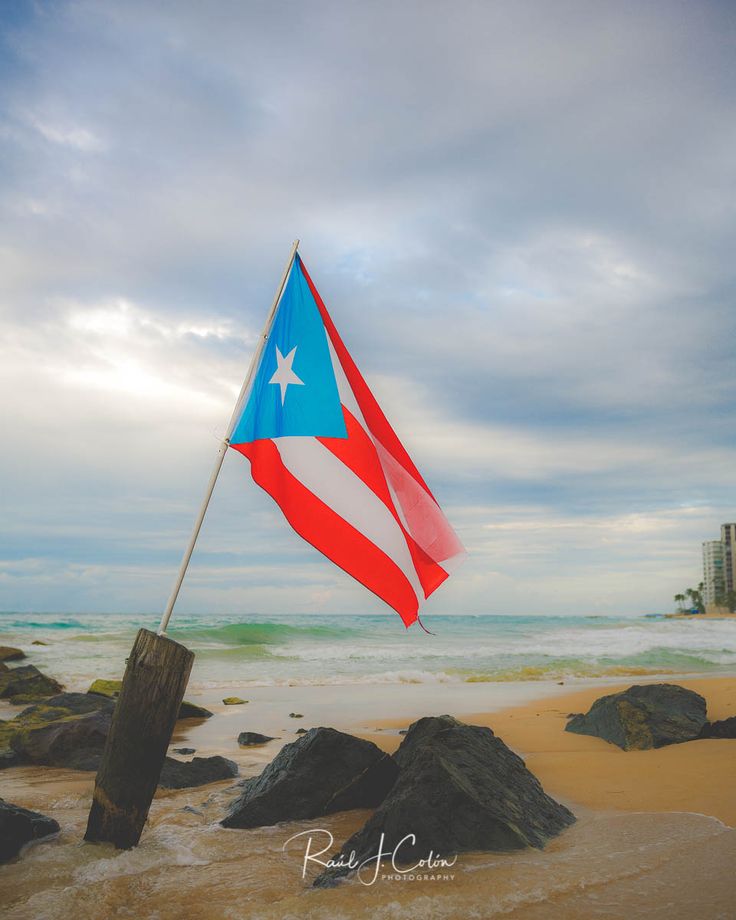
It consists of five alternate red and white horizontal stripes with a single white five-pointed star resting
in a blue triangle.
The three red strips symbolized the blood from the brave warriors, the two white stripes victory and peace after obtaining indepence,
blue the sky and sea and the white star is the island.
The design is the same as the Cuban flag, but with the colors inverted.
When Puerto Rico became an American territory, the Puerto Rican flag was outlawed until 1952.
Then, in 1952 when Puerto Rico became a commonwealth, the flag was officially adopted, but it symbolism
was altered to distance the flag from its history, along the blue, it was changed to a darker tone to make it similar to the American flag.
In 1995 the triangle color was changed again to sky blue.
Puerto Rico Flag – Everything you Wanted to Know
Puerto Rico ⎜ Puerto Rico Flag (Bandera de Puerto Rico)
Puerto Rico’s flag (Bandera de Puerto Rico) is full of history, meaning, and national-cultural pride.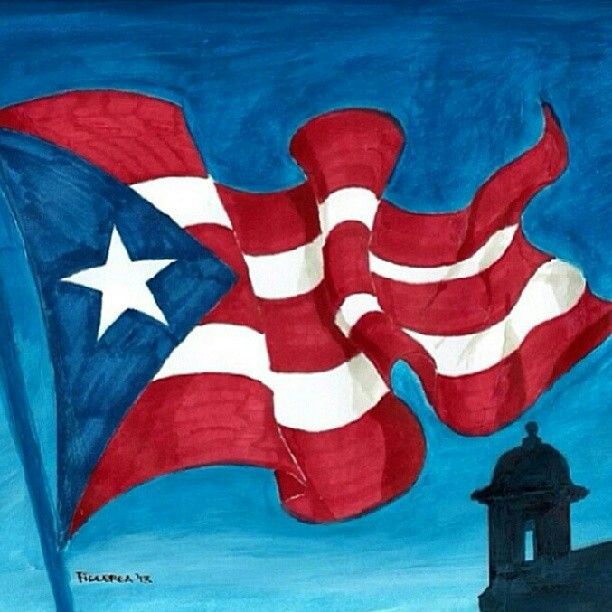 Ask any islander and with lavished patriotic pride they will share their nostalgic conviction in regards to the Puerto Rican flag. Such is the pride of the Puertorriqueño, El Jibarito, Afro-Taino that no matter where they make their residence whether on the Island or abroad you will see them showing their flag. Such is the patriotic pride for Puerto Rico’s flag that it has inspired many to engrave their meaning in the pages of history through different forms of art. You’ll be able to grasp Puerto Ricans ‘ pride in their flag in music, poems, movies, home decor, and many aspects of their daily life and work.
Ask any islander and with lavished patriotic pride they will share their nostalgic conviction in regards to the Puerto Rican flag. Such is the pride of the Puertorriqueño, El Jibarito, Afro-Taino that no matter where they make their residence whether on the Island or abroad you will see them showing their flag. Such is the patriotic pride for Puerto Rico’s flag that it has inspired many to engrave their meaning in the pages of history through different forms of art. You’ll be able to grasp Puerto Ricans ‘ pride in their flag in music, poems, movies, home decor, and many aspects of their daily life and work.
Puerto Rico is a colony in a post-colonial era, a United States territory but not a state. Residents from the USA have easy access to the island without the need of a US Passport; first-time visitors will find many stateside conveniences and rest easy with the safety of being in American protected land, yet enjoy a rich cultural experience that feels more like a different country.
We invite you to relax and take a few minutes to explore this page, created to give readers the highlights of the history of the Puerto Rico flag, which is deeply embedded into the everyday lives of Puerto Ricans. History is much more than colors and stripes. We have included music and photo galleries of images taken around the island. The flag tells tales of past dreams, current life on the island, and hopes for the future.
Top Rated Cultural Tours
If you visit the Island you will find the flag embedded almost everywhere; from a pair of earrings to graffiti on concrete walls. You can also find it hanging from windows, car mirrors, restaurants, businesses, and all Governmental establishments. As you drive around the island you’ll see the flag painted on the doors of homes, beautifying walls of abandoned buildings, road bridges, bus stop benches, it is the favorite symbol for artists and inspiring painters to display using the lines of concrete structures in the most creative ways. Just about everywhere you visit around the island, you will find a Puerto Rican flag, but, it was not always so, it came at a price.
Just about everywhere you visit around the island, you will find a Puerto Rican flag, but, it was not always so, it came at a price.
Flag Article continues following Top Rated Cultural Tours in Puerto Rico
What caused such a national pride? What made Puerto Ricans demonstrate such a patriarchal display? Is the flag a far-gone dream of freedom from the oppression of the Spaniards back then and now from the United States of America? Or, is it just the flag of a Commonwealth of the United States of America? Those questions are always at hand when we speak about Puerto Rico’s flag. To best explain such a phenomena Jorge Dauny in his book “Puerto Rico: What Everyone Needs to Know” named such evident enigma as “transnationalism”. To grasp the sociocultural notion of the islanders when it comes to the national flag we must examine the historical accounts of its origin.
Following is a video of the beloved song, Que Bonita Bandera, to the tunes of Plena, an original musical genre of Puerto Rico.
Traveling back in time, it all commenced with the accelerated tyrannical state in which the people of Puerto Rico were living imposed by the oppressive power of Colonial Spain. The current flag was officially adopted in 1952, but the history of the Puerto Rican flag began back in 1868.
The First Puerto Rican Flag
On September 23, 1868, Puerto Ricans had reached their climax against the maltreatment and oppression of the Spaniards who governed Puerto Rico leading to a revolutionary movement in the town of Lares, the outcry known as “El Grito de Lares” for the independence of Puerto Ricans from their Colonist occupants. During that time, the first concept of the National Puerto Rican flag emerged, the flag of the revolutionaries, deeply symbolizing the ideals of the Grito de Lares revolution. Independence leader Ramon Emeterio Betances designed the first Puerto Rican flag, inspired by the design of the Dominican Republic’s flag due to the common ideal of being free from Spain and uniting to form the Antillean Confederation. The flag was embroidered by Mariela Bracetti. This flag was proclaimed the national flag of the Republic of Puerto Rico by Francisco Ramirez Medina, the first President.
The flag was embroidered by Mariela Bracetti. This flag was proclaimed the national flag of the Republic of Puerto Rico by Francisco Ramirez Medina, the first President.
Read More…
According to Luis Lloréns Torres, a Puerto Rican poet, and politician, the white star signifies liberty and freedom, the white cross signifies the yearning for Patria (Homeland) redemption, and the red squares stand for the bloodshed by the heroes of the rebellion. The original flag was celestial blue, locals still prefer the original color; all government offices use the navy blue version which is said was changed to match the American Flag, just as it occurred with the current Puerto Rican flag design. The original flag is exhibited a the Museum of the University of Puerto Rico in Rio Piedras.
Design and History of the Official Flag of Puerto Rico
Design of the Puerto Rican Flag
How the flag was designed is still somewhat of a mystery with some conflicting facts among historians, there are various anecdotes that explain the process.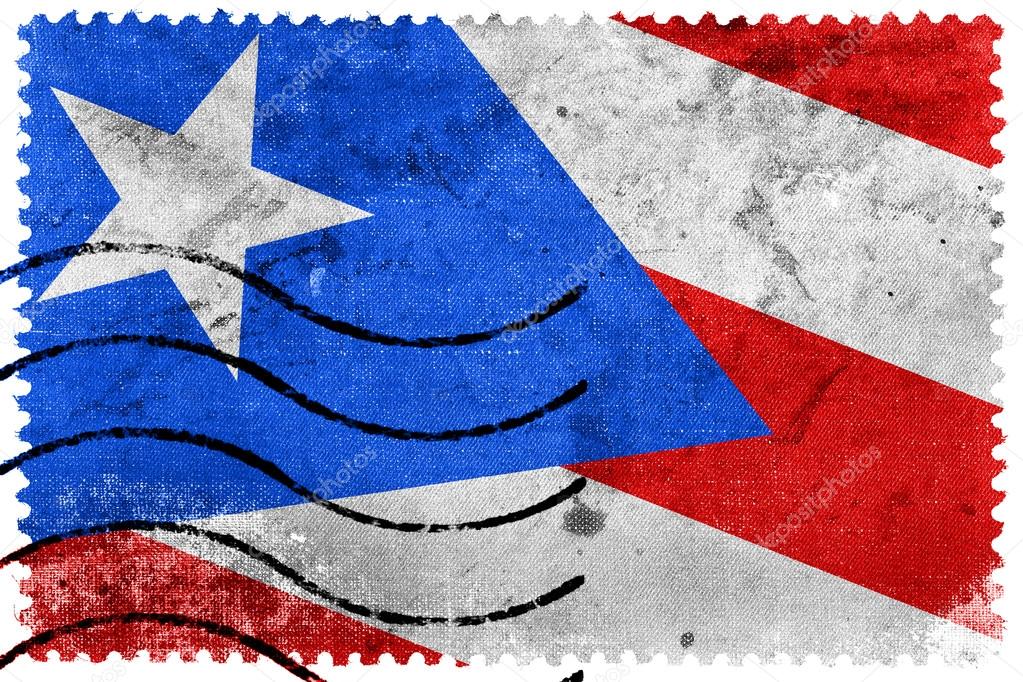
Hundreds of participants of the revolution exiled to New York City and the Dominican Republic, most of the revolutionaries suffered execution, most survivors were arrested. A number of the political refugees formed Comité Revolucionario de Puerto Rico (Revolutionary Committee of Puerto Rico), attached to Comite Revolucionario de Cuba (Revolutionary Committee of Cuba), whose mission was gaining independence and national patriotism for Cuba and Puerto Rico. Antonio Velez Alvarado (1864-1948), born in the town of Manati, one of the survivors who had exiled to New York City is credited with the design of the Puerto Rican flag. The design of the current Puerto Rican flag was inspired by the Cuban flag with the colors inverted, due to the close relationship nationalists shared of decolonizing the islands of Cuba and Puerto Rico and becoming independent
During gatherings at Chimney Corner Hall in New York City the flag of Puerto Rico, revolutionaries and patriots unanimously voted to adopt Alvarado’s design on the 22nd day of December of 1895, it was adopted with the passionate heart of one day being able to enjoy full Puerto Rican independence and sovereignty.![]() This flag was first flown on March 24, 1897, during a revolt in the town of Yauco known as the “Intentona de Yauco“, the second and last revolt against the colonial rule of Spain, led by the pro-independence movement. On July 25, 1952, the flag was adopted as the national flag when Puerto Rico became Estado Libre Asociado de Puerto Rico (Commonwealth of Puerto Rico, literally translation is Free Associated State of Puerto Rico).
This flag was first flown on March 24, 1897, during a revolt in the town of Yauco known as the “Intentona de Yauco“, the second and last revolt against the colonial rule of Spain, led by the pro-independence movement. On July 25, 1952, the flag was adopted as the national flag when Puerto Rico became Estado Libre Asociado de Puerto Rico (Commonwealth of Puerto Rico, literally translation is Free Associated State of Puerto Rico).
The Gag Law
The Gag Law
Outlawing the flag ignites the creation of one of the biggest cultural pride parades.
The long-awaited desired independence from Spain came at the expense of the Imperialism of the United States of America. The flag of the United States was raised in Puerto Rico on October 18, 1898, when the U.S officially took control of the island during the Spanish-American War. Puerto Rico became a United States territory in 1917.
This transition brought a new series of events that propel such national pride demonstrations.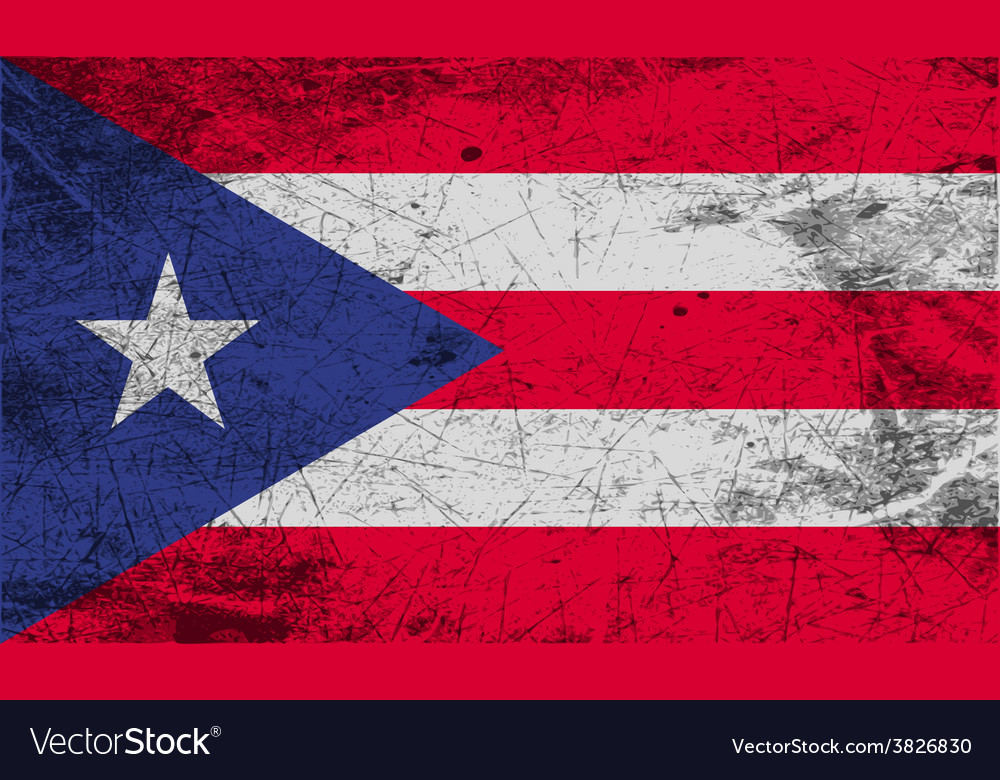 During the transition, the United States made attempts to Americanize the people of Puerto Rico. Conversely, the islanders did not adapt to such a notion of redefining their customs and beliefs, which lead to the unity of political parties and a greater push for national patriotism.
During the transition, the United States made attempts to Americanize the people of Puerto Rico. Conversely, the islanders did not adapt to such a notion of redefining their customs and beliefs, which lead to the unity of political parties and a greater push for national patriotism.
From the day Puerto Rico was annexed to the United States on December 10, 1898, until 1952, it was a felony to display the Puerto Rican flag; the flag of the United States was the only flag permitted to be displayed. Luis Muñoz Marin, then president of the Puerto Rican Senate, passed the bill Law 53 of 1948 (Ley de la Mordaza) – in English known as the Gag Law.(1) Law 53 made it illegal to display or own the Puerto Rican flag, to speak or write about the independence of Puerto Rico, to sing a patriotic song, or to meet or hold an assembly in favor of the independence of Puerto Rico from the United States. The bill was signed into law on June 10, 1948, by Jesús T. Piñero, the newly appointed governor by the United States. Anyone who displayed the Puerto Rico Flag or spoke of independence broke the law and would go to jail for years. (2)
Anyone who displayed the Puerto Rico Flag or spoke of independence broke the law and would go to jail for years. (2)
Such restrictive sanctions had a counter-effect in Puerto Rico, through the next few decades, this law propelled many to fight for cultural nationalism. A number of revolts occurred resulting in 28 fatalities: 16 Nationalists, 7 police officers, and 1 National Guardsman. (3) Poet Francisco Matos Paoli from the town of Lares, faced a prison sentence of 20 years, later reduced to 10 years, the evidence used against him found by police in his home was a Puerto Rican flag and four speeches about Puerto Rico’s independence; he shared a jail cell with Pedro Albizu Campos. (4)
Although the Gag Law was unconstitutional, it remained until 1957, when it was finally repealed.
The Puerto Rican Parade
The Puerto Rican Parade in New York City is one of the biggest cultural pride demonstrations in the United States and the world. Hundreds of thousands of people visit the Big Apple and walk through the streets of Manhattan celebrating Puerto Rican pride; one thing stands out, the Puerto Rican flag… it is literally a sea of flags.
People hold the flag, wear the flag, and march with fellow Puerto Ricans that come from all different states songs. They sing in tune songs like “Que Bonita Bandera, Preciosa, and La Borinqueña“. This spectacular parade roots from Law 53, Puerto Ricans never take for granted their ability to hold, display, wear, embrace or sing to their beloved Monoestrellada flag.
What do the colors of the Puerto Rican flag mean?
Following are two known facts about the symbolism of the Puerto Rico flag (Gutterman D., 1998). It was not until the 1950s when the political mentality focus on cultural nationalism “became the ideology of the Estado Libre Asociado de Puerto Rico.” (Duany, 2017)
Original Symbolism of the Puerto Rican Flag
- Red Stripes – The blood from the brave warriors of the revolution.
- White Stripes – Victory and peace after obtaining independence.
- Blue Triangle– Our sky and sea.
- White Lone Star– Our beautiful Island.

Symbolism approved by the United States Congress in 1952.
- Red Stripes – stands for the “blood” that nourishes the three branches of our government; Legislative, Executive, and Judiciary.
- White Stripes – represents individual liberty and the rights that keep in perfect balance our form of government.
- Blue Triangle – stands for the “Republican Government”, represented by the three branches.
- White Lone Star – represents “The Commonwealth of Puerto Rico”
Flags Flown in Puerto Rico as a Spanish Colony
In 1873, a new colonial flag was introduced by the Spanish government, a design that resembled the flag of Spain, with a coat of arms in the center. This flag was used until 1898 when the island became a possession of the United States as a result of the Spanish – American War.
Following are other flags flown in Puerto Rico under Spanish imperialism.
Spanish Military
Flag
Flag of Kingdom of the Castle – 1492
Flag of Spain
1701-1793
Flag of Spain (1793 – 1873,1875 – 1898)
First Spanish Republic (1873 – 1874)
Which is the correct blue of the triangle of the Puerto Rican flag?
The Puerto Rico flag is also a symbol of political conflict of what Puerto Rico could have been and currently should be, this discussion is currently a popular discussion among Puerto Ricans, the component of the flag that best describes this conflict is the color of the triangle of the flag.
Read More…
The conflict that is still discussed today about the flag is the color of the triangle. This debacle was resolved when various historians met at Ateneo Puertorriqueño in San Juan to discuss the the conflict. It was concluded that the original color of triangle of the flag is celestial blue, the same as the Lares flag. It was discussed that when Puerto Rico became Estado Libre Asociado (Free Associated State), the blue tone of the triangle was not defined. Most likely when the flag went into production, it was simply made the same blue as the United States.(5)
Political issues aside, both celestial blue and navy blue are used by local and artisans displaying the flag. The navy blue triangle is more widely used, it is used in all official buildings.
To those that with strong political convictions, the discussion of the color seems to be rooted in opinions of what the status of Puerto Rico ought to be rather than historical correctness. Those that prefer independence fervently favor celestial blue, those that favor statehood favor the U.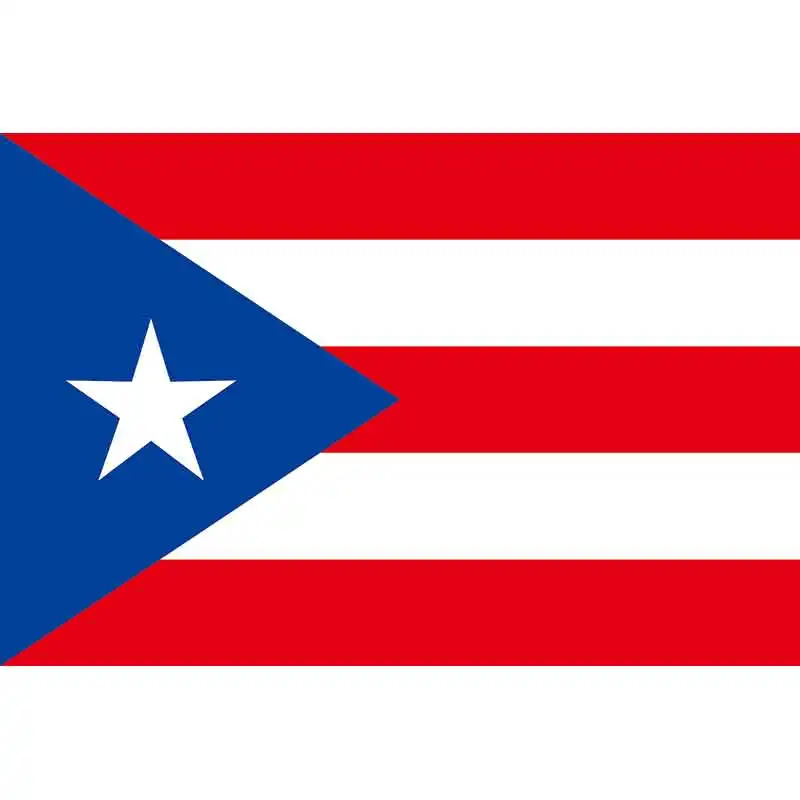 S.A. flag’s navy blue. A few argue that the original color is indigo blue like the Cuban flag since the design of the Puerto Rican flag was exactly like it with the colors inverted.
S.A. flag’s navy blue. A few argue that the original color is indigo blue like the Cuban flag since the design of the Puerto Rican flag was exactly like it with the colors inverted.
The new trend seems to be going back to celestial blue. It seems that no matter which color is on the flag, it changes nothing about the feeling and meaning it holds for Puerto Ricans. Although a beloved symbol, love and pride does not come from the flag, it comes from the love shared with family and friends, memories made on the island and respect for Patria in the heart.
Whether celestial or navy blue, it is still the Bonita Bandera.
Although the history of our flag clearly focuses on nationalists desire for independence, if you were to visit Puerto Rico you’ll see that many residents are quite Americanized in many aspects of everyday life, most of the private schools are bilingual, and there are more Puerto Ricans living in the United States than on the island. Most Puerto Ricans have historically left the island seeking better job opportunities. As United States citizens, Puerto Ricans are offended when most mainland citizens are unaware of the fact that Puerto Ricans are citizens as well. Although Puerto Ricans hold strong cultural pride, they consider themselves just as American as any other U.S. Citizen. The great American Flag is proudly flown right next to the Puerto Rican flag.
Most Puerto Ricans have historically left the island seeking better job opportunities. As United States citizens, Puerto Ricans are offended when most mainland citizens are unaware of the fact that Puerto Ricans are citizens as well. Although Puerto Ricans hold strong cultural pride, they consider themselves just as American as any other U.S. Citizen. The great American Flag is proudly flown right next to the Puerto Rican flag.
Read more…
In June of 2017, a non-binding statehood referendum took place, an overwhelming percentage of Puerto Ricans voted for statehood. Puerto Rican, a term just like New Yorkers or Hawaiian, obviously describes the state of origin, all American, residents of the island lack the great privilege of voting for their President. Puerto Ricans have U.S. Passports, if they live within the 50 states they may vote for President but if they reside on the island, the privilege is lost. Antonio Rosselló Nevares, the current Governor from Partido Nuevo Progresista (PNP) (New Progressive Party) is strongly advocating for Puerto Rico to become the 51st state, ultimately the decision is in the hands of the members of Congress.
Out of respect to everyone reading this article, no political arguments are meant to be said. There are pros and cons to all political sides and beliefs. The fact is, the majority of Puerto Ricans want Puerto Rico to cease being a territory and have the beloved star of the Puerto Rican flag become part of the great American flag. Contrary to how the news portrays the current status of Puerto Rico and the reasons for becoming a state, most Puerto Ricans feel tremendous American pride and simply wish to enjoy the full rights of their American citizenship. When you think of all the Puerto Rican American citizens living stateside, the connection to the “mainland” is very clear.
History shows the traditions and cultural pride of Puerto Ricans will not cease whether Puerto Rico becomes a state or remains a territory of the United States. The American pride is clear in Major League Baseball, Puerto Ricans have historically played a major role in the sport, they happily play for the American team and hold up the flag, and when nostalgia and Patria (homeland) pride kicks in, they will hold up their beloved Puerto Rican flag.
Old San Juan Historic District
Flags around Old San Juan
Many homes hang flags from the balconies, they look beautiful next to blooming Bougainvillea flowers that flow over the rod iron railings.
A new flag was painted at Calle Imperial, don’t miss it on your walking tour along Calle Norzagaray.
Up until last year, one of the most photographed flags was painted on the door of a decaying building in Calle San Jose, the summer of 2016, a group of artists wanting to express their political opinions gave it a new coat of paint in black and white; the colors express the dark times the island is facing, specifically the negative consequences of PROMESA on the island.
Flags at Beaches
Flags on Beaches
If you explore the beaches around the island you may find a pole with the flag on a rock rising from the water in unexpected spots. For Puerto Ricans it is a wonderful sight, a place to sit down and appreciate the privilege of being born on such a beautiful place.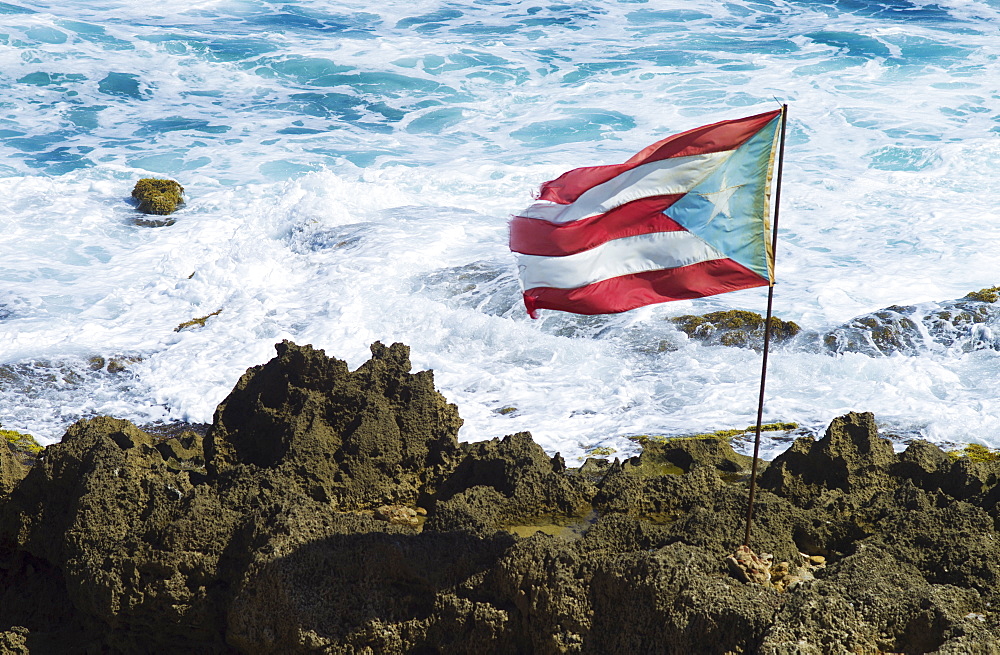
Our favorite flags on the beach are located at Survival Beach in Aguadilla and Playa Pastillo in Isabela. In addition to traditional flag poles, you’ll find fishermen boats painted with flags, the best towns for observing boats are on the west coast of Puerto Rico. Crashboat Beach in Aguadilla is the most popular, as the name suggests, many fishermen boats crash on the north end of the beach, a great spot for photographers with the sun setting on the water as a background. The new Malecon in Aguadilla also has some boats, a little further north there are more boats with flags at Rompeolas beach.
Lares, Puerto Rico
Flags around Lares
There is a special feeling of patriotism in this small town up in the verdant mountains on the northwest of the island. People seem to be especially friendly with a quiet and humbling sense of pride. After all, Lares is the place where the revolutionary Grito de Lares took place, a cry for nationalism that marked and changed the history of the island.
The underpass that takes you into Lares greets visitors with flags painted on the walls. As soon as you enter the pueblo of Lares (center town), you’ll pass a small placita (square/park) dedicated to Jose Feliciano, born in Lares, with a painted mural of the Puerto Rican flag, a painted portrait, and the Lares flag. Go up the hill and find a place to park, you’ll want to walk around the square and make several stops to photograph the many flags displayed in artistic forms.
At the center of the plaza, there’s a small monument with the bust of Ramón Emeterio Betances with a flag of Lares painted on the column. Our favorite display of the flag is painted on an old pick up truck humbly detailed Jibaro style; the owner is super friendly, ready to help visitors and answer any question, he sells souvenirs, traditional music cd’s and more with… you guessed it, the Puerto Rican and Lares flags as the main theme. Be sure to visit Mirador (Observation Deck) Mariana Bracetti (The Betsy Ross of Puerto Rico), it is a very nice stop for families, a great place to taste Puerto Rican food at local prices, there is a fun zip line and two observation decks with great views of the valley of Lares and the mountains of Cordillera Central. The lower observation area has a flag creatively painted on a seating area, an excellent photo-op for families.
The lower observation area has a flag creatively painted on a seating area, an excellent photo-op for families.
Plazas (Squares) of Municipalities
Flags at Town Squares (Plazas)
Each municipality has their own flag. The Alcaldia (Mayor’s office) is typically facing the Catholic Church at the Plaza (Square), there you’ll be able to observe the Puerto Rican Flag in the center, the U.S.A Flag on the left and the municipality flag on the right.
Municipality officials allow local artists to express their love for Patria, flags can be found painted on murals, light poles, benches and more. Just at about every plaza, visitors can find souvenir shops with gifts crafted by local artisans.
For the millions of Puerto Ricans who had to leave the island, the Puerto Rican flag takes on a completely new meaning, it becomes the best object to hold when they can’t step on the soil that previous generations farmed with pride or the sand along the shores that served as playgrounds next to turquoise waters of the Caribbean Sea.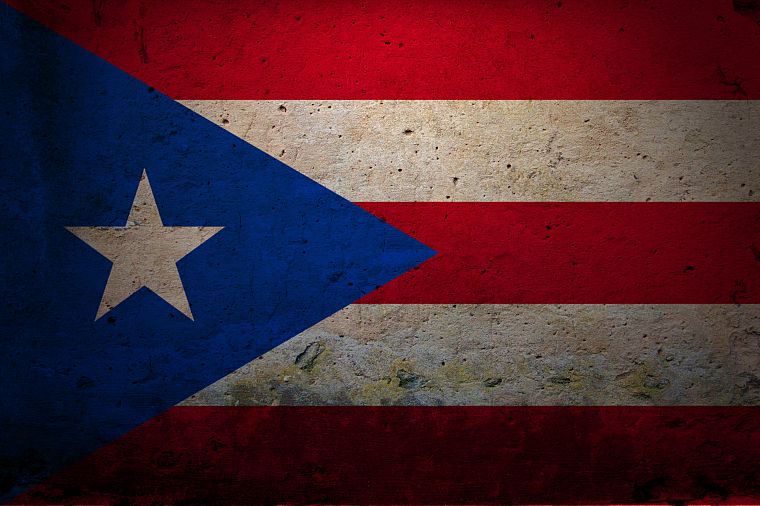
While in a foreign land or the mainland of the United States, the flag is proudly placed in the homes, as they go in their daily life, the flag brings on memories of great times mixed with nostalgia and melancholy of what life could have been if only they could have stayed in their beloved Borinquen.
Living in the United States for so many years, family and social gatherings almost always included conversations of times in Puerto Rico. The dining table often ended up turning into a Domino’s table, each piece engraved with the Puerto Rican flag. Oftentimes, as each domino game piece was thoughtfully placed on the table, so did a memory of times passed in Borinquen would often be shared, some filled with laughter, some with nostalgia, and some with dreams of someday returning to the plaza or barrio to play the game. No matter what corner of the globe life takes a Puerto Rican, the essence of the island goes with them, the flag is the preferred symbol to take along, whether a small pin to keep in the pocket or purse in place of a lucky color or a life-size flag to display in their home.
One song that beautifully describes the feelings of nostalgia is the song by Ruben Blades – Patria. Patria cannot easily be translated, it is a poetic word that contains strong feelings and brings on memories to those that use it in a sentence, the closest English word in English is “Home country / homeland”, but again it lacks the feel that Patria encompasses. In the song Patria, “Bandera, Bandera, Bandera” (flag, flag, flag), is used in a sentimental way to sum all things Patria, the love and memories in the hearts of those that love their “homeland”, the reason why martyrs fought, sacrificed and ultimately died.
As with many translations, the essence of a word is lost, the word Bandera is just not the same as saying flag, ask any Puerto Rican and they’ll tell you. The closes patriotic symbol when it comes to feelings of love for “homeland” can be observed and felt when the USA National Anthem is sung… love, pride, and respect can strongly be felt in the air.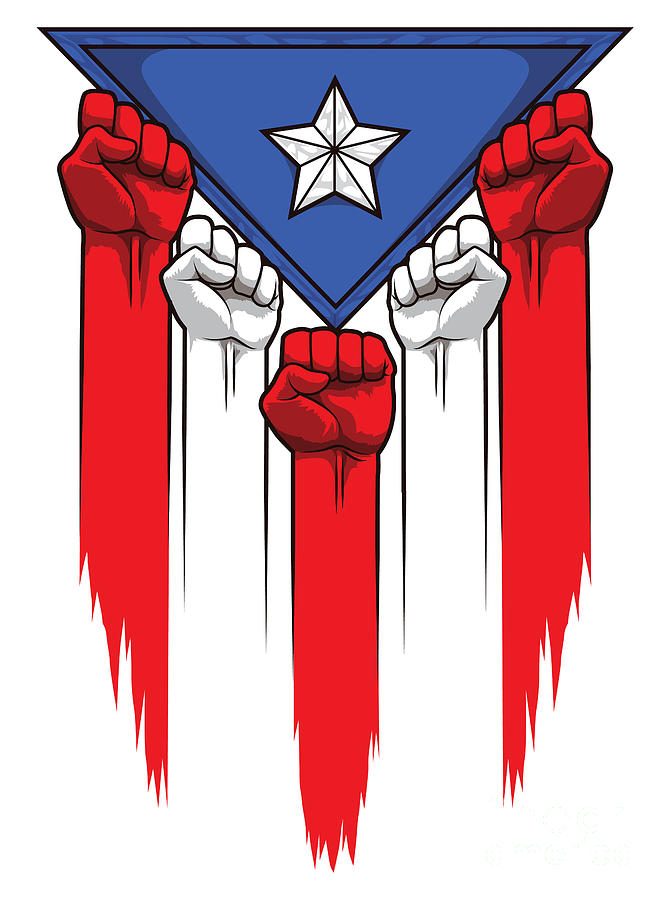
Patria – Lyrics (Spanish)
Hace algún tiempo me preguntaba un chiquillo
Por el significado de la palabra patria
Me sorprendió con su pregunta
y con el alma en la garganta le dije así:
Flor de barrio, hermanito
Patria, son tantas cosas bellas
Como aquel viejo árbol
del que nos habla aquel poema
Como el cariño que aun guardas
después de muerta abuela
Patria son tantas cosas bellas
Son las paredes de un barrio
Y en su esperanza morena
Es lo que lleva en el alma
todo aquél cuando se aleja
Son los mártires que gritan
bandera, bandera, bandera
No memorices lecciones
de dictaduras o encierros
La patria no la define
el que suprime a su pueblo
Patria es un sentimiento
en la mirada de un viejo
Sol de eterna primavera
risa de hermanita nueva
Te contesto, hermanito:
Patria son tantas cosas bellas
A la, la la…
Lyrics Translation (English)
Some time ago a little boy asked me
For the meaning of the word Patria
I was surprised by his question
and with my soul in my throat, I told him so;
Barrio flower, my little brother
Patria, it is so many beautiful things
It is like that old tree
spoken about in that poem
It is like the love you still hold
for grandmother after she passes away
Patria it is so many beautiful things
It is the walls of the barrio (neighborhood)
And in its brown skin hope
It is what’s carried in the soul
to each that departs from home
It is the martyrs that scream
Bandera (flag), bandera, bandera…
Don’t memorize lessons
of dictatorships or confinements
Patria is not defined
by those who suppress their country
Patria is a sentiment
in the gaze of an old man
Sun of eternal spring
laughter of a new little sister
I answer you, little brother:
Patria, it is so many beautiful things
La, la la…
Translation by Luisa Cupeles
- Día de la Bandera – The 22nd of December is the official Puerto Rican Flag Day (Día de la Bandera).
 The 22nd of December the flag was raised for the first time in Chimney Corner Hall in the city of New York. Ateneo Puertorriqueño celebrates Día de la Bandera. The town of Manati, birthplace of Antonio Velez Alvarado, celebrates Día de la Bandera on the 11th of June, the date the flag was created, two years before it was adopted in 1892.
The 22nd of December the flag was raised for the first time in Chimney Corner Hall in the city of New York. Ateneo Puertorriqueño celebrates Día de la Bandera. The town of Manati, birthplace of Antonio Velez Alvarado, celebrates Día de la Bandera on the 11th of June, the date the flag was created, two years before it was adopted in 1892. - Puerto Ricans proudly enjoys the benefits of participating in the Olympics as a nation under their own flag being waved with pride.
- Puerto Rico has the largest national parade demonstration throughout the United States of America, the Puerto Rican flag is the symbol of cultural pride in the parade.
Article Written by Michael Cupeles & Luisa Cupeles
Sources
– (1) Oficina de Servicios Legislativos – http://www.oslpr.org/2005-2008/leyes/pdf/ley-253-13-Ago-2008.pdf
– (2) Wikipedia – Gag Law – Retrieved August 28, 2017 – https://en.wikipedia.org/wiki/Gag_Law_(Puerto_Rico)
– (3) http://nersp.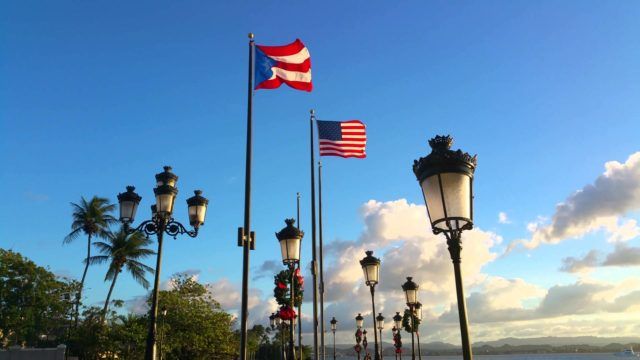 osg.ufl.edu/~malavet/seminar/notes04.htm
osg.ufl.edu/~malavet/seminar/notes04.htm
– (4) Wikipedia – Francisco Matos Paoli – Retrieved August 28, 2017 – https://en.wikipedia.org/wiki/Francisco_Matos_Paoli
– (5) El Nuevo Dia – ¿Cuál es el azul correcto de la bandera puertorriqueña? – Published 12/23/2004 – Retrieved August 26, 2017 – http://www.primerahora.com/noticias/puerto-rico/nota/cualeselazulcorrectodelabanderapuertorriquena-1055126
– Cruz, M. A. (2014). Dream nation: Puerto Rican culture and the fictions of independence (Latinidad: Transnational Cultures in the United States). New Brunswick, New Jersey, and London: American Literatures Initiative. ISBN 978-0-8135-6548-4 (e-book)
– Duany, J. (2017). Puerto Rico: What Everyone Needs to Know. New York, NY: Oxford University Press. ISBN978-0-1906-4872-5 (e-book)
– Gutterman, D. (1998, December 28). Puerto Rico: Commonwealth of Puerto Rico, Estado Libre Asociado de Puerto Rico. Retrieved June 09, 2017, from https://flagspot. net/flags/pr.html
net/flags/pr.html
– T Moscoso, F., Dr. (2014, September 12). -A brief historical background. Retrieved June 08, 2017 – http://www.enciclopediapr.org/ing/print_version.cfm?ref=06101303
– Wikipedia – Luis L – Retrieved August 26, 2017 – https://en.wikipedia.org/wiki/Luis_Llor%C3%A9ns_Torres
– Library of Congress – U.S. Raised the Flag in Puerto Rico October 18, 1898 – Retrieved August 28, 2017 – http://www.americaslibrary.gov/jb/progress/jb_progress_puerto_1.html
–EnciclopediaPR.org – El Grito de Lares – Retrieved August 26, 2017 – https://enciclopediapr.org/en/encyclopedia/the-grito-de-lares-1868/
– Wikipedia – Flag of Puerto Rico – Retrieved August 26, 2017 – https://en.wikipedia.org/wiki/Flag_of_Puerto_Rico
– Professor Pedro A. Malavet – America’s Colony, Chapter 3: Political Culture – Levin College of Law – Retrieved August 26, 2017 – http://nersp.osg.ufl.edu/~malavet/seminar/notes04.htm
Puerto Rico ⎜ Puerto Rico Flag (Bandera de Puerto Rico)
Tours Visitors Love in Puerto Rico
The oldest coat of arms of the Western Hemisphere | Geraldika.
 ru
ru
The island of Puerto Rico, washed from the south by the Caribbean Sea, and from the north by the Atlantic Ocean, has been a possession of the United States since 1898. In 1952, he achieved self-government, having received the status of a “freely affiliated” state with the United States under the name “Commonwealth of Puerto Rico”. The island was discovered by Christopher Columbus 19November 1493, on the day of St. John the Baptist, In Spanish – San Juan Batista. This is exactly what Columbus called the spicy, and this name was retained until 1521. All subsequent Puerto Rican heraldic symbolism is associated precisely with John the Baptist, who is considered the patron saint of the island. The Spanish conquest and colonization began in 1508, when Juan Ponce de Leon, a member of the Columbus expedition, arrived on the island with a small detachment and founded the first Spanish settlement on the shore of a convenient and picturesque bay, which was called “Puerto Rico” (“Rich Harbor” ). In its modern form, it looks like this. On the central green field of the shield is a white lamb (the “lamb of God”) sitting on a church book with a halo above its head and a church cross banner. This image is an attribute of John the Baptist. The border of the shield is made up of emblems reminiscent of three hundred years of Spanish rule – four Castilian castles, four lions of Leon, four flags of the Aragonese-Sicilian kingdom (four red stripes on a yellow field – Aragon, and a combination of triangles of Aragonese colors with two black eagles on white – Sicily) . As a result of the Spanish-American War, Puerto Rico was captured by the United States, and the American authorities introduced a new colonial coat of arms in 1901. At the bottom of his shield is an island in the sea, over which the sun rises, and the upper part repeats the design of the American flag, against which the rod of Mercury was drawn surrounded by branches. The shield was surmounted by Columbus’ caravel and accompanied by the Latin motto “The color of prosperity rises”. But already in 1905 the former, more popular coat of arms was restored. It was somewhat different from the original and current emblems. The lamb was without a halo and looked straight ahead, the cover of the book became red, and on the border of the shield instead of the Aragonese-Sicilian flags were depicted four-part Castilian-Leonese flags, instead of yellow Jerusalem crosses – crosses of the Catholic monastic order of Saints John and Thomas. Since that time, the official seal of Puerto Rico has also existed. It basically repeats the design of the shield of the coat of arms of 1905, but has a round shape. Until 1958, the seal was sometimes used as a variant of the coat of arms. In 1958, the coat of arms of Puerto Rico acquired a modern look, closer to the original version of 1511. Puerto Rico’s first own flag was created in 1546 by its then Spanish governor, Diego Ramos, based on the colonial coat of arms, and was used for some time in the 16th century. Against the background of green and red horizontal stripes surrounded by a yellow border – the same lamb with a banner (but without a book) and a Castilian castle. Since 1845, when all Spanish provinces and colonies received special port flags, the local port flag of red and white horizontal stripes has been unofficially used as the flag of Puerto Rico. In 1868, Puerto Rican patriots raised an anti-Spanish uprising and proclaimed a republic in the city of Lares. Her flag of blue and carmine-red horizontal stripes crossed by a white cross with a yellow star at the top became widely known. The uprising was put down. But the flag, called the “call from Lares” and inspired by the flag of the anti-Spanish uprising in Cuba and the flag of the Dominican Republic, has long been a symbol of the Puerto Rican liberation movement. At 189In 7 AD, Spain granted autonomy to Puerto Rico, and the red and white port flag became the official flag of the autonomous government. However, a few months later the Americans took over the country, canceling the local emblems. The modern flag of Puerto Rico originated in 1895 as the flag of the Puerto Rican section of the Cuban Revolutionary Party, which fought for the liberation from Spanish domination of both Cuba and Puerto Rico, and quickly gained popularity. The struggle for the status of Puerto Rico continues. A certain part of the islanders is striving to turn the country into a US state. Their interests are represented by the state-republican party under the flag of blue, white and red horizontal stripes. The camp of supporters of independence is small and fragmented. Among them is the Communist Party, the flag of which repeats the design of the national flag, but, paradoxically, the red color has been eliminated from it. This is the only Communist Party flag in the world that does not have a face color. The majority of Puerto Ricans, participating in periodic referendums, support the idea of maintaining the current status of the country. Sources: Vokrug sveta #3/1997 [ Discuss in the forum »» ] For all questions related to the Geraldika.ru project, please write to the Forum or to support@geraldika. en |
Flag of Puerto Rico Stock Photos | Free Images
Recent:
halloween
autumn
pumpkin
people
American flag
the mountains
World map
reference Information
house
sunset
food
textured
,
Wood – Material
,
registration
,
banner
,
flag of puerto rico
,
puerto rico Flag,
puerto rico Flag,
puerto rico
Similar images from iStock
| Save Now
Similar Free Photos of
purified
crumpled
cracks
Textured.
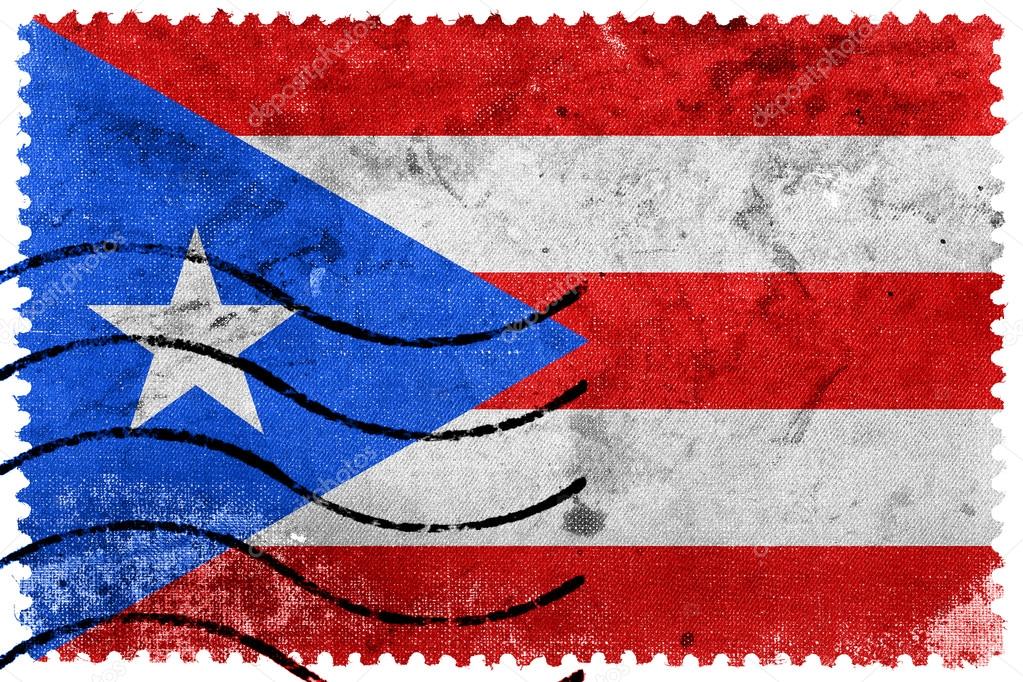
textured
wall
yellow
Textured
nature paintings
old
filthy
Textured
part
sample
full frame
Textured.
old
material
Wood – Material
Textured.

full frame
old
close-up
Textured.
stone
cracks
textured
Textured.
textured effect
textured
wall
Textured
art
stroking
palette
Textured.
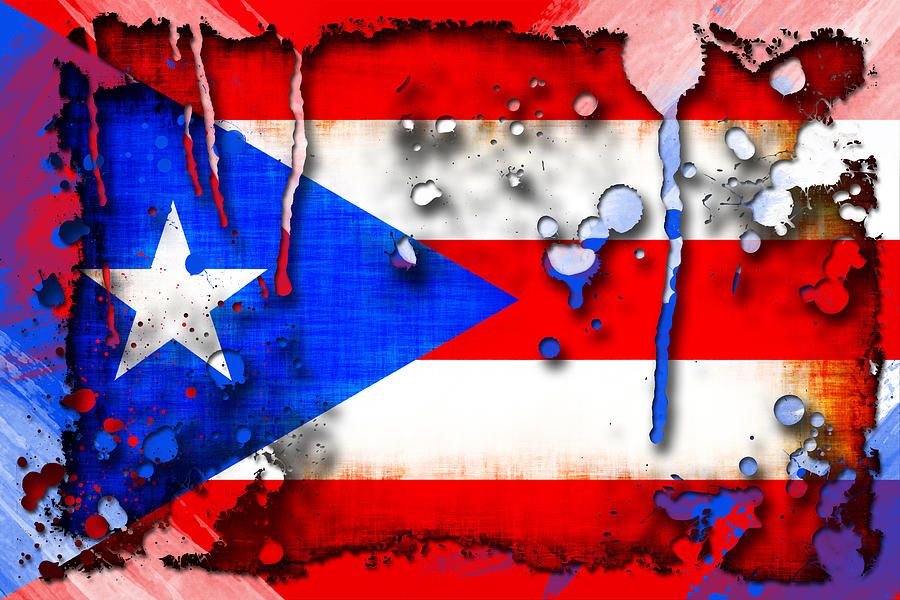

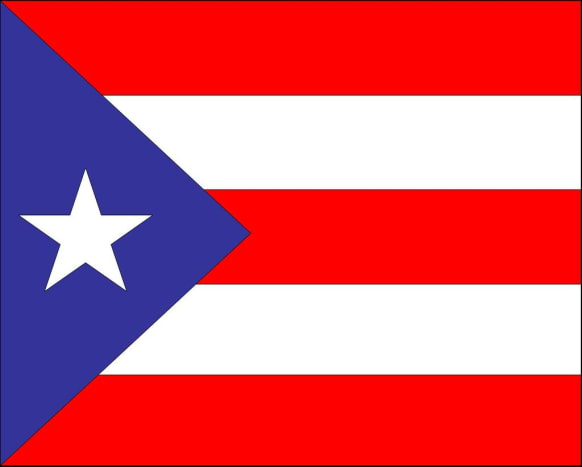 The 22nd of December the flag was raised for the first time in Chimney Corner Hall in the city of New York. Ateneo Puertorriqueño celebrates Día de la Bandera. The town of Manati, birthplace of Antonio Velez Alvarado, celebrates Día de la Bandera on the 11th of June, the date the flag was created, two years before it was adopted in 1892.
The 22nd of December the flag was raised for the first time in Chimney Corner Hall in the city of New York. Ateneo Puertorriqueño celebrates Día de la Bandera. The town of Manati, birthplace of Antonio Velez Alvarado, celebrates Día de la Bandera on the 11th of June, the date the flag was created, two years before it was adopted in 1892.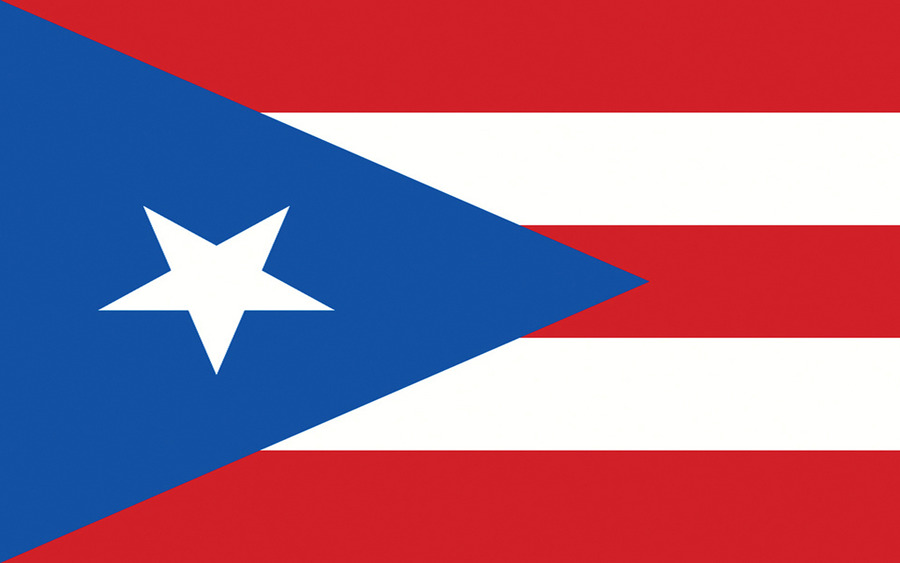 Already in 1511, the settlement received the status of a city; the coat of arms was immediately granted to it by the Spanish crown. It was the first coat of arms in the New World received by a colonial possession from the mother country. Eight years later, the capital of the island was moved to the newly created settlement of San Juan, and a few years later, not only the name of Puerto Rico, but also its coat of arms were extended to the entire island. This coat of arms, with minor changes made in 1898, 1905 and 1958, has survived to this day, and is the oldest of the active emblems of the Western Hemisphere.
Already in 1511, the settlement received the status of a city; the coat of arms was immediately granted to it by the Spanish crown. It was the first coat of arms in the New World received by a colonial possession from the mother country. Eight years later, the capital of the island was moved to the newly created settlement of San Juan, and a few years later, not only the name of Puerto Rico, but also its coat of arms were extended to the entire island. This coat of arms, with minor changes made in 1898, 1905 and 1958, has survived to this day, and is the oldest of the active emblems of the Western Hemisphere.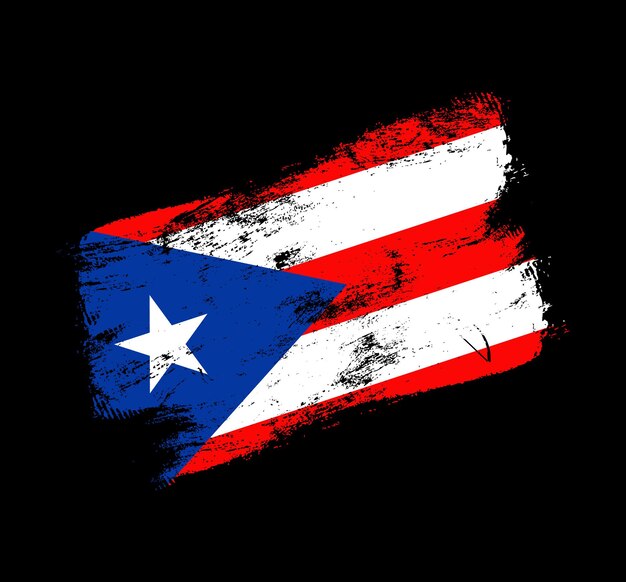 In addition, four Jerusalem crosses are depicted on the border – symbols of the Catholic religion dominating the island.
In addition, four Jerusalem crosses are depicted on the border – symbols of the Catholic religion dominating the island.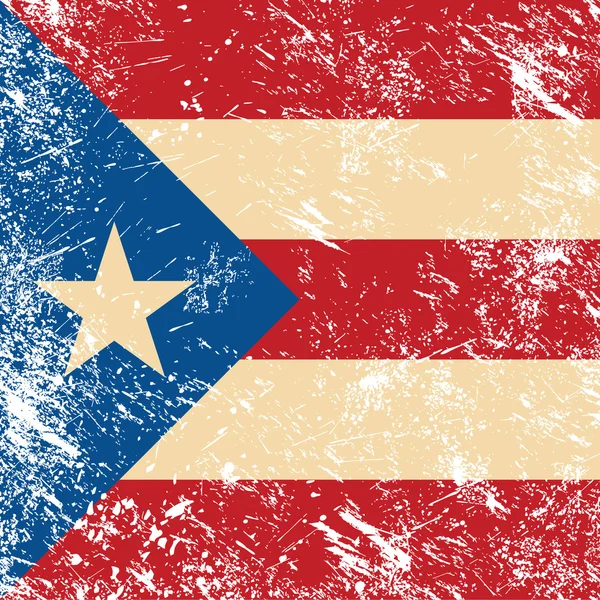 The emblem was crowned, accompanied by the Latin motto “His name is John” and framed by the crowned Latin initials of the Spanish royal couple of the late XV – early XVI centuries, Ferdinand of Aragon and Isabella of Castile (under which the island was discovered and conquered by the Spaniards) and their personal emblems – a yoke and a bunch of arrows .
The emblem was crowned, accompanied by the Latin motto “His name is John” and framed by the crowned Latin initials of the Spanish royal couple of the late XV – early XVI centuries, Ferdinand of Aragon and Isabella of Castile (under which the island was discovered and conquered by the Spaniards) and their personal emblems – a yoke and a bunch of arrows .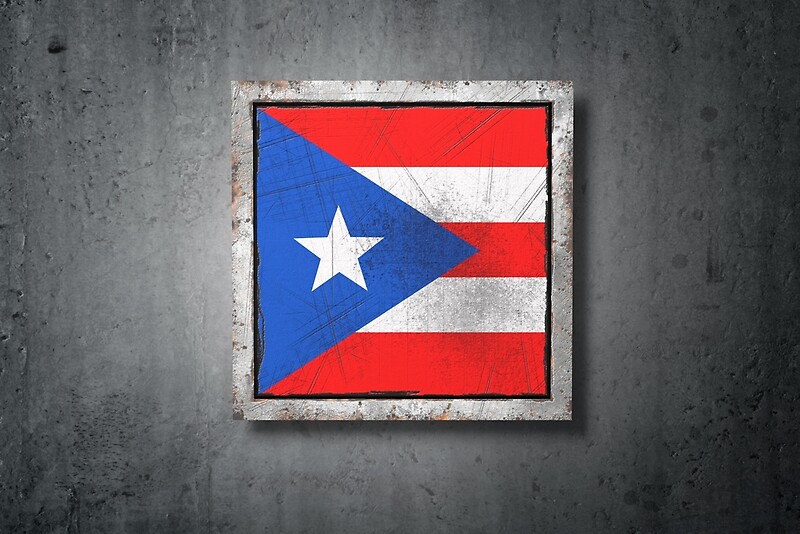
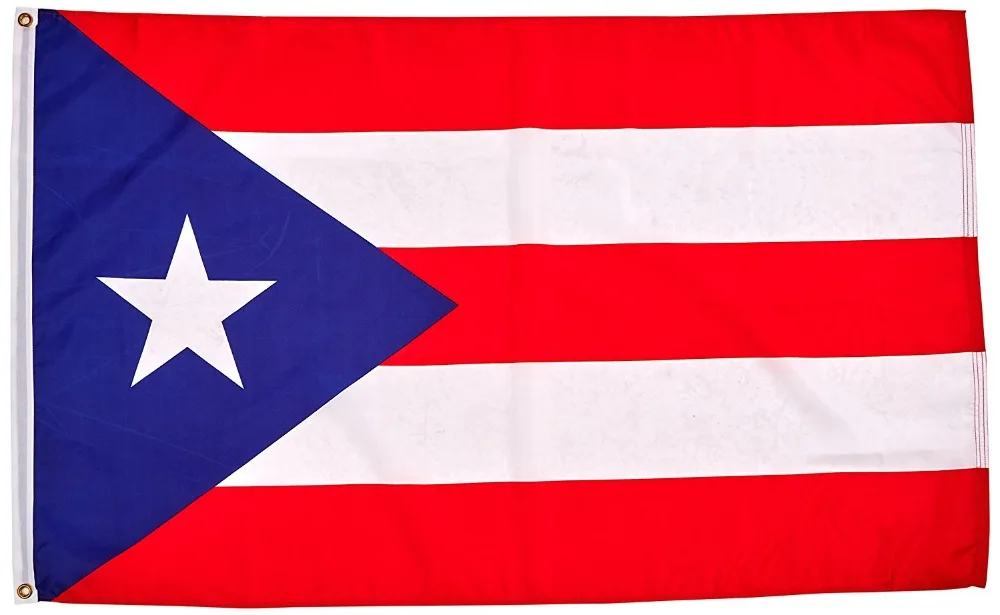 It repeats the design of the Cuban flag, but has the reverse color of the triangle and colored stripes. The flag is unique in that its colors and elements do not have independent symbols, and therefore, as a national symbol, the flag is acceptable to almost all segments of the population, parties and movements. After the island was turned into American possession, the flag was banned by the colonialists, but its popularity was so great that already from 1916, its unofficial use was allowed. The only official flag in 1898-1952 was the flag of the United States, and in 1905-1948 the flag of the governor acted as a distinctive colonial flag, on the white panel of which the seal of the island was depicted. In 1952, the flag of 1895 was officially proclaimed the state and national flag of the Commonwealth Puerto Rico. But the dependent position of the country manifested itself here too – the flag can only be flown simultaneously with the US flag. Its symbolism is still not developed, but official propaganda emphasizes the coincidence of its colors with the colors of the US flag.
It repeats the design of the Cuban flag, but has the reverse color of the triangle and colored stripes. The flag is unique in that its colors and elements do not have independent symbols, and therefore, as a national symbol, the flag is acceptable to almost all segments of the population, parties and movements. After the island was turned into American possession, the flag was banned by the colonialists, but its popularity was so great that already from 1916, its unofficial use was allowed. The only official flag in 1898-1952 was the flag of the United States, and in 1905-1948 the flag of the governor acted as a distinctive colonial flag, on the white panel of which the seal of the island was depicted. In 1952, the flag of 1895 was officially proclaimed the state and national flag of the Commonwealth Puerto Rico. But the dependent position of the country manifested itself here too – the flag can only be flown simultaneously with the US flag. Its symbolism is still not developed, but official propaganda emphasizes the coincidence of its colors with the colors of the US flag.